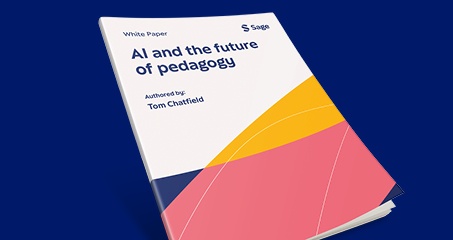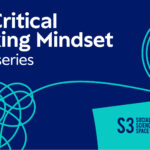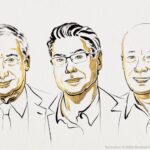Book Review: Who’s Afraid of Academic Freedom?

Who’s Afraid of Academic Freedom?, Edited by Akeel Bilgrami and Jonathan R. Cole. Columbia University Press. 2015.
The essays gathered in this collection, which presents itself as a contemporary scholarly look at an often-used but rarely defined term, show that there is no single accepted definition, and that in fact academic freedom is often used as an argument to support conflicting views.
From the onset, the editors state the aim of the book clearly: “to identify and analyze different groups and tendencies in our society that fear academic freedom and attempt to thwart it” (p. ix). Defining freedom as an enabling value that makes truth and excellence possible, they ask whether academic freedom is really specific to the academy, or whether it is akin to general freedom of speech. To that end they refer to Robert Post’s definition of academic freedom as a contract defining the relationship between researchers/lecturers and their employers, as well as the absolute right of the former to evaluate the quality of scholarship. The editors also claim that “the essays presented here are exercises in and for democracy,” which according to them is under attack and must be defended (p. xi).

This article by Justine Seran originally appeared on the LSE Review of Books blog and is reposted under the Creative Commons license (CC BY 3.0).
According to Stone, future challenges to academic freedom include donors demanding a say in how their funding is used, the resurgence of religious fundamentalism, lobby groups pressuring universities to take sides as institutions instead of remaining neutral, and students who make faculty uncomfortable by calling them out on perpetuating the structures of oppression and privilege the latter benefit from. Stone’s claim that students who are sensitive to social justice issues are trying to curtail academic freedom is particularly outlandish and ignorant of power structures in the higher education sector and prioritises the feelings of those accused of “racism, sexism, anti-Semitism, homophobia, neocolonialism, and terrorism” over the victims of those ideologies (p. 8). He demands the freedom to air oppressive views, but where is the freedom of the students to challenge these views?
Judith Butler’s chapter on academic freedom and boycott politics examines the conditions that make academic freedom possible. If academic freedom is the freedom for faculty to express controversial views, then we must remember that underfunding, closure of infrastructure, and imprisonment foreclose the material conditions that make the airing of views possible, and thus that “economic power is a precondition of the exercise of academic freedom” (p. 310). She is especially concerned with “the politics of the academic boycott” of the Palestinian Campaign for the Academic and Cultural Boycott of Israel (PACBI), and concludes that “the academic boycott is […] a way of objecting to abridgements of academic freedom” by calling for global support for Palestinian scholars (p.296).
It is noteworthy that the new post-2005 Boycott, Divestment and Sanctions (BDS) campaign is aimed not at individuals but at institutions that do not explicitly oppose occupation, therefore assuming that failure to act is synonymous with complicity. It is not a form of intervention for it does not seek to impact research or teaching, only to call on individuals to pressure their institutions to intervene in state affairs. As a fundamentally anti-normalisation campaign, “BDS is the major nonviolent movement for Palestinian self-determination under conditions of occupation, disenfranchisement, and exile” (p. 308-9). Although this chapter contains many repetitions, they are effective in undermining the arguments used by critics of the boycott.
The overall effect of the book’s introduction is marred by a few typographical errors, grammatical and syntactical mistakes, and an inconsistent style in the summary of the essays, but readers should note that I was provided with an uncorrected proof ahead of the official book launch, so I hope these issues are resolved in the final print. I felt very uncomfortable, however, in regards to reiterated elitist concerns about what makes the “great university” great, and repeated mentions of the University of Chicago, which seem to limit the scope of the book to a handful of well-funded private institutions (p.xii, xiv). A subtitle reflecting this narrow scope of enquiry would have been useful to frame the collection, for despite some contributors analyzing how the academy responds to international crises, the focus on the U.S. political and economic context limits the interest of this book.
Opening a discussion on academic freedom and the place of the academy in society is a timely effort, however, and as most contributors make it clear, despite the persistence of the “ivory tower” myth, universities are far from impervious to political and economic interests. In order to take a more balanced look at such an important concept, it is to be hoped that similar studies will be conducted in the future to look at academic freedom in centralized or authoritarian regimes, and in countries where higher education is still a public service.





































































































